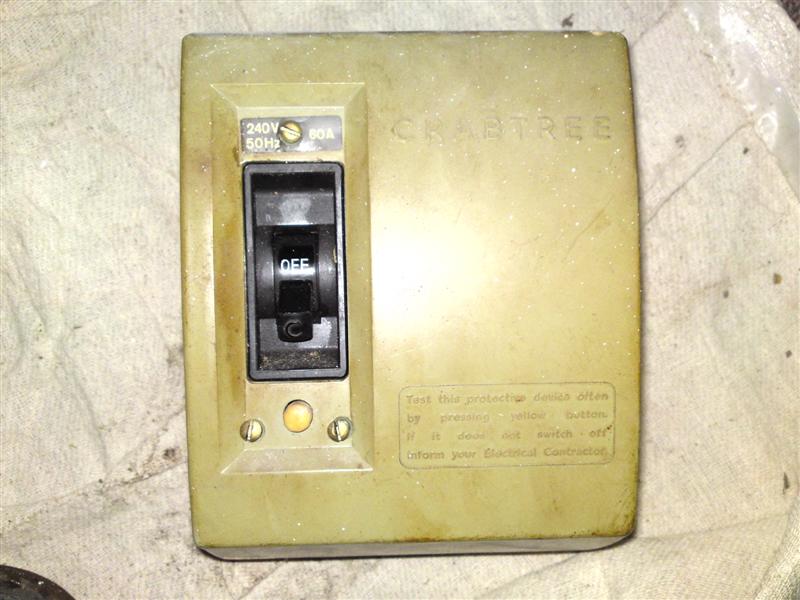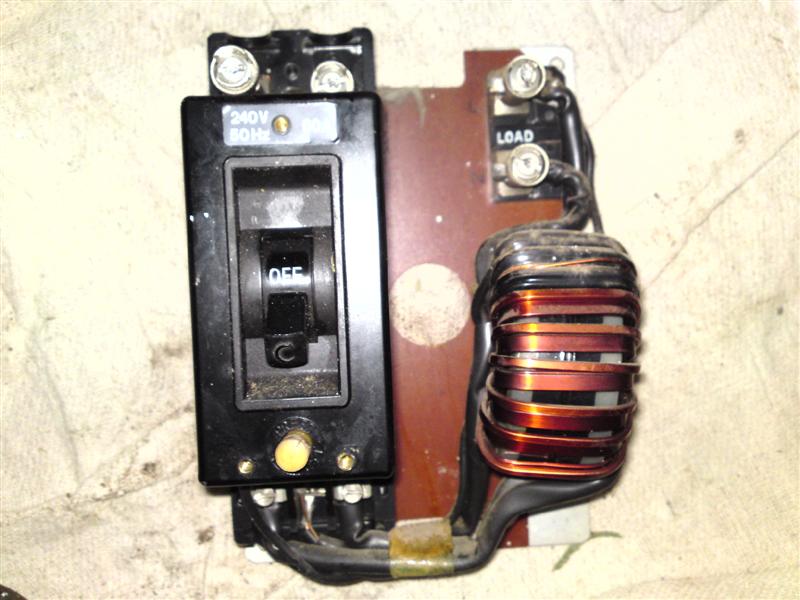- Joined
- 27 Jan 2008
- Messages
- 24,924
- Reaction score
- 2,882
- Location
- Llanfair Caereinion, Nr Welshpool
- Country

Clearly the old ELCB-v needs changing but out of interest would like to know if this is normal.
Realising that often the old ELCB-v is left just as an isolator and with a RCD 30ma also in circuit I took up my loop impedance meter just to make sure.
Red light came on do not test however knew clear of humans so tried anyway and really high reading. Owner was certain there was an earth rod so hunted and found it. Loop impedance 35 ohms.
So is it the ELCB-v which is causing the high reading? Never had a loop impedance tester when I last worked with them and wonder what the resistance of the ELCB-v is.
Clearly I need to install an earth rod and a new RCD for the parts not covered by existing one. Also need to renew bare copper earth wire for thicker insulated one.
I have every intention of leaving the ELCB-v in place as an isolator but just interested what reading would one normally get when testing a socket protected by a ELCB-v?
Realising that often the old ELCB-v is left just as an isolator and with a RCD 30ma also in circuit I took up my loop impedance meter just to make sure.
Red light came on do not test however knew clear of humans so tried anyway and really high reading. Owner was certain there was an earth rod so hunted and found it. Loop impedance 35 ohms.
So is it the ELCB-v which is causing the high reading? Never had a loop impedance tester when I last worked with them and wonder what the resistance of the ELCB-v is.
Clearly I need to install an earth rod and a new RCD for the parts not covered by existing one. Also need to renew bare copper earth wire for thicker insulated one.
I have every intention of leaving the ELCB-v in place as an isolator but just interested what reading would one normally get when testing a socket protected by a ELCB-v?




